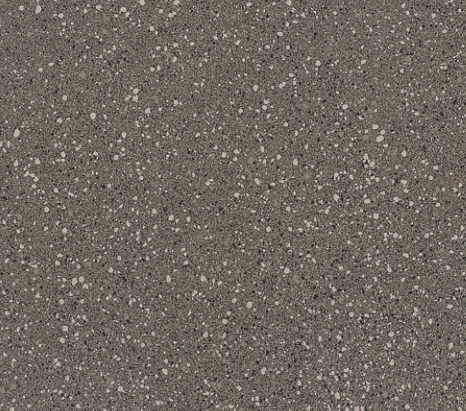
1.Tiles intended only for use as wall tiles are often lighter and thinner than decorative floor tiles.
2.Different tiles can be made from different types of clay and different types of glaze. Tiles produced exclusively for walls are inherently not intended to be load bearing.
3.The glazes used in the manufacture of a wall tile are also different to those used for floor tiles, and are not designed to resist abrasive forces from foot traffic.
4.Floor tiles can of course be installed on a wall; however, they will still be referred to as "floor tiles". Many of our 30 x 60 tiles, for example, are ceramic porcelain floor tiles, but more often than not they're installed on bathroom walls. But they are still referred to as floor tiles.

An independent rating system classifies ceramic and porcelain tiles according to their strength and durability. The Porcelain Enamel Institute rating (PEI rating) of tiles is a measure of how much wear and tear a tile can take:
Group 0: These tiles are unrated, and are only suitable for use on walls.
Group I: These tiles are suitable only for areas of very light traffic, where shoes are unlikely to be used, such as an upstairs’ ensuite. The surface of the tile could be easily marked or scratched by only a small amount of harsh treatment.
Group II: Areas of the home which are not exposed to the highest levels of traffic, or not likely to come into contact with significant quantities of dirt or other abrasive materials. So the hall and kitchen would not qualify here, but a living room and bathroom would.
Group III: Any residential area, or indeed some light commercial areas, where the presence of abrasive dirt etc. is not excessive.
Group IV: Any residential area, commercial areas such as restaurants, exhibition areas, hotel rooms, showrooms, where there may be significant traffic.
Group V: Substantial or very heavy traffic, such as shopping centres, commercial entrances, hotel lobbies, and industrial workplaces. Theses tile are generally more expensive than tiles in the other categories.
Any tile that is unrated or fails to qualify for even a Class I rating is referred to as a “wall tile”. Wall tiles must only be used on walls. Modernn floor tiles (any tiles that have achieved a Class I – Class V rating) are made from materials that are suitable for installing on the floor. The glaze is super durable, and they're up to 20% heavier than ceramic wall tiles.
Due to the impervious or vitreous nature of ceramic and porcelain tiles, and the hardened glaze which is usually fired onto their top surface, tiles are normally found in bathrooms, wet-rooms, and kitchens. At a minimum, hand-basins and the area around bathtubs should have a tiled backsplash of wall tiles. This is to prevent water damage to painted plaster surfaces in a home.
Many styles of decorative wall tiles are presented with a high gloss finish. Due to the slip risk, it’s less common to find high gloss tiles on bathroom floors.
It’s more common to find grey wall tiles with decorative embellishments than is the case for floor tiles. Coloured bands, trims, borders, and often featuring mosaics are sometimes embedded within wall tile installations. The mosaics might contain a blend of small pieces of polished travertine, mother of pearl, glass, and brushed aluminium. The purpose is purely decorative, and to eliminate any visual monotony of a large, unicolour wall. This looks great in an expensive installation with floor-to-ceiling tiling.
Copyright © 2021 Guangzhou Weyes Network Technology Co., Ltd. | All Rights Reserved